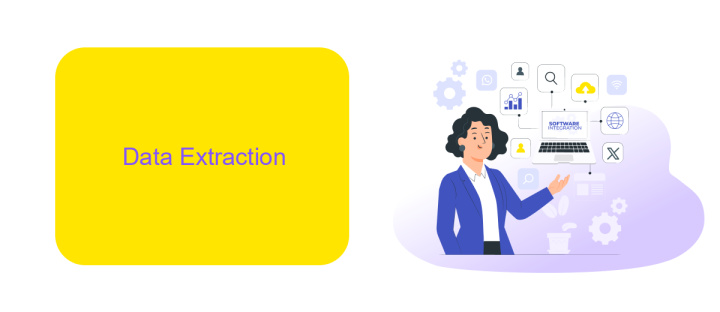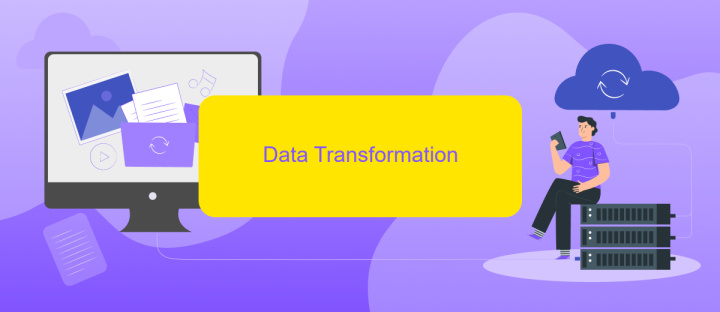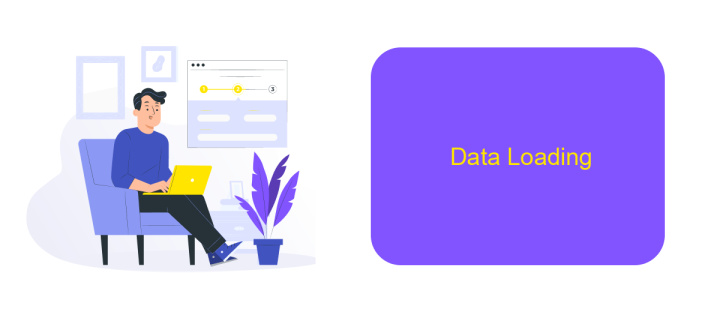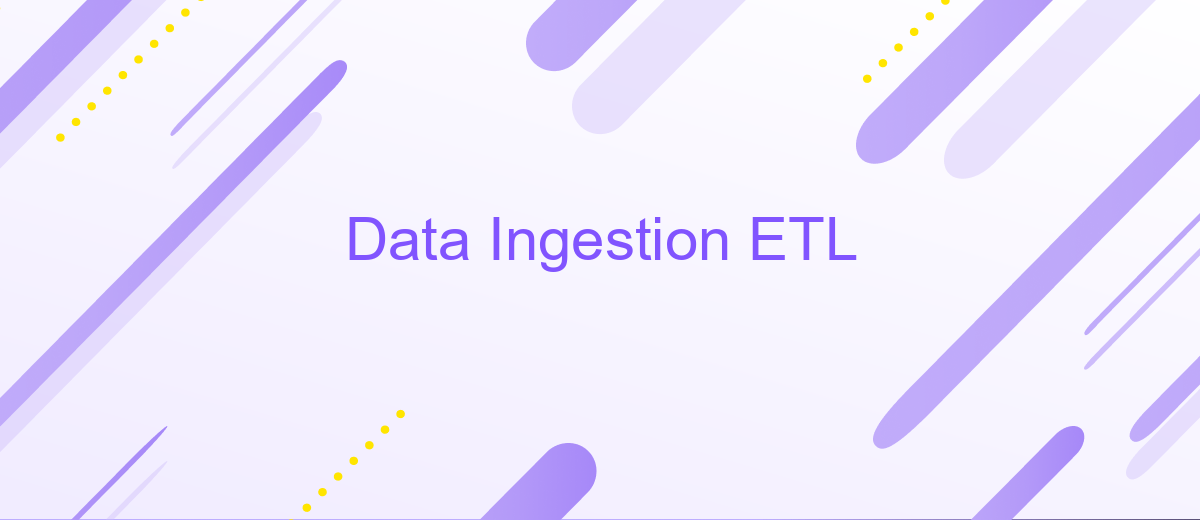Data Ingestion ETL
Data Ingestion in ETL (Extract, Transform, Load) processes is a critical step in modern data management, ensuring the seamless transfer of data from various sources into a centralized repository. This phase involves extracting raw data, transforming it into usable formats, and loading it into data warehouses or data lakes, enabling organizations to derive actionable insights and make informed decisions.
Introduction
Data ingestion is the first step in the ETL (Extract, Transform, Load) process, crucial for organizations aiming to leverage data for business intelligence and analytics. In this phase, raw data is collected from various sources, including databases, APIs, and flat files, and then prepared for further processing and analysis.
- Extract: Gathering data from diverse sources.
- Transform: Cleaning and converting data into a usable format.
- Load: Storing the processed data into a data warehouse or database.
Effective data ingestion ensures that data is accurate, timely, and relevant. Services like ApiX-Drive facilitate seamless integration by automating data collection from multiple platforms, reducing the complexity of manual data handling. By leveraging such tools, businesses can focus more on analyzing data rather than managing it, thereby gaining valuable insights more efficiently.
Data Extraction

Data extraction is the first and crucial step in the ETL (Extract, Transform, Load) process, where raw data is collected from various sources. These sources can range from databases, APIs, and flat files to more complex systems like cloud services and web scraping. The goal is to gather all relevant data that will be transformed and loaded into a data warehouse or other storage solutions for analysis. Ensuring the accuracy and completeness of the extracted data is vital, as any errors at this stage can propagate through the entire ETL pipeline, leading to unreliable insights.
One effective way to manage data extraction is by using integration platforms like ApiX-Drive. ApiX-Drive allows for seamless integration with multiple data sources, automating the extraction process and reducing the need for manual intervention. By setting up automated workflows, ApiX-Drive ensures that data is consistently and accurately pulled from various systems, thereby enhancing the efficiency and reliability of the ETL process. This not only saves time but also minimizes the risk of errors, ensuring that the data is ready for subsequent transformation and loading stages.
Data Transformation

Data transformation is a crucial step in the ETL process, where raw data is converted into a format suitable for analysis. This involves cleaning, enriching, and structuring the data to meet the business requirements and ensure consistency across the dataset.
- Data Cleaning: Remove duplicates, handle missing values, and correct errors to ensure data quality.
- Data Enrichment: Enhance the dataset by adding relevant information from external sources.
- Data Structuring: Organize the data into a standardized format, making it easier to query and analyze.
Effective data transformation can be facilitated by using integration services like ApiX-Drive, which automate the process of connecting various data sources and applying transformation rules. This not only saves time but also ensures that the data is consistently accurate and ready for analysis. By leveraging such tools, businesses can streamline their ETL workflows and focus on deriving actionable insights from their data.
Data Loading

Data loading is a crucial phase in the ETL process, where transformed data is moved into a target system, such as a data warehouse or data lake. This step ensures that the cleansed and processed data is available for analysis and reporting, providing valuable insights to the organization.
During the data loading phase, it is essential to consider the performance and efficiency of the loading process. Poorly managed data loading can lead to bottlenecks and slow system performance. Therefore, it’s important to optimize the loading process to handle large volumes of data efficiently.
- Batch Loading: Loading data in bulk at scheduled intervals.
- Real-time Loading: Continuously loading data as it becomes available.
- Incremental Loading: Loading only the new or updated data to minimize load times.
To facilitate seamless data loading, integration services like ApiX-Drive can be employed. ApiX-Drive allows for the automation of data transfers between various systems, ensuring timely and accurate data loading. By leveraging such tools, organizations can streamline their ETL processes and maintain high data integrity.
ETL Best Practices
Implementing ETL processes effectively requires adhering to several best practices. First, ensure data quality by validating and cleansing data before ingestion. This helps in maintaining the integrity and reliability of the data throughout the ETL pipeline. Additionally, automate as many steps as possible to reduce manual errors and increase efficiency. Tools like ApiX-Drive can streamline integrations and automate data transfers between various systems, making the ETL process smoother and more efficient.
Another crucial practice is to maintain robust monitoring and logging mechanisms. This allows for real-time tracking of data flow and quick identification of any issues that may arise. Regularly updating and maintaining ETL scripts and workflows is also essential to adapt to evolving data needs and system changes. Lastly, ensure proper documentation of the ETL processes to facilitate easier troubleshooting and onboarding of new team members. By following these practices, organizations can optimize their ETL processes for better performance and reliability.
FAQ
What is Data Ingestion in the context of ETL?
What are the common challenges in Data Ingestion?
How can I automate Data Ingestion processes?
What are the best practices for Data Ingestion?
How does real-time Data Ingestion differ from batch Data Ingestion?
Apix-Drive will help optimize business processes, save you from a lot of routine tasks and unnecessary costs for automation, attracting additional specialists. Try setting up a free test connection with ApiX-Drive and see for yourself. Now you have to think about where to invest the freed time and money!

